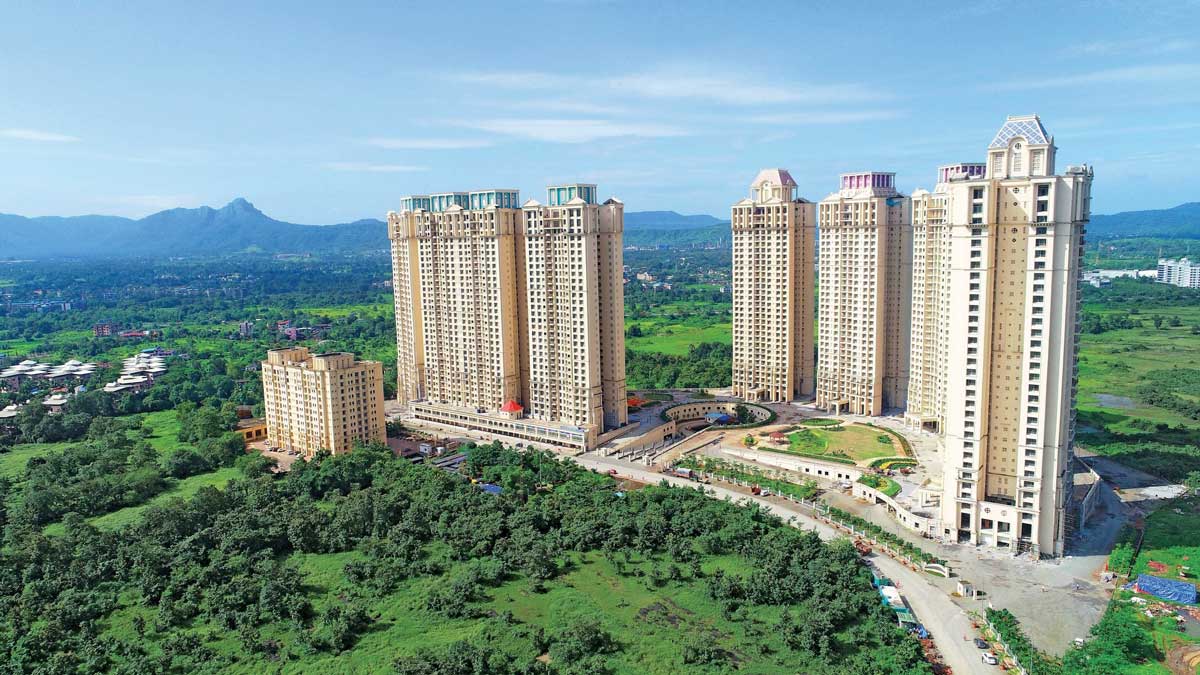In Metro and Tier-1 cities, high rise structures are a necessity.
- Dr. Niranjan Hiranandani Vice Chairman - NAREDCO and MD, Hiranandani Group How do you look at the demand trend for high-rise buildings in residential and commercial segments? What are the key demand drivers of high-rise buildings? Migration to metropolitan regions, decreasing space and the high density of population in


- Dr. Niranjan Hiranandani
Vice Chairman - NAREDCO and MD, Hiranandani Group
How do you look at the demand trend for high-rise buildings in residential and commercial segments? What are the key demand drivers of high-rise buildings?
Migration to metropolitan regions, decreasing space and the high density of population in cities like Delhi and Mumbai has resulted in a situation where high-rise buildings are a necessity. Going vertical seems to be the only practical way to meet the needs of the nation' as rising population while tackling the limited availability and expensive cost of land, and the demand trend bears this.
From a developer's perspective, what are the major challenges faced in the construction of high-rise structures?
There are issues at the planning stage; the under construction stage and finally, post-handover to end-users. At the planning stage, the challenges from the design and architecture perspective include ensuring wind and earthquake resistant design. Geotechnical investigation of the plot of land where the foundation will be done is important. The focus is on lightweight construction, in turn translating into challenges as regards sourcing and proper usage of such construction material. Providing for a large number of end-users translates into parking challenges, requiring provision of basements; and efficient vertical transportation system (elevators).
During the actual construction phase, the major challenges include construction and fire safety. Post hand-over, plumbing and HVAC services need to have been implemented in a manner that ensures efficient usage. And finally, use of IT and ITeS - from design aspects created using artificial intelligence (AI) and machine learning (ML) to stages of execution, operation and maintenance - provision of smart services including automated parking systems, to cite an example.
How does technology play key roles in high-rise building construction?
As the construction goes higher, there will be greater need for tech-enabled systems in terms of planning, execution as also maintenance, post the hand-over. AI and ML powered systems as also Building Information Modeling (BIM) have become a necessity for properly planning and executing high-rise structures.
What is your view on the smart features in high-rise structures?
High rise structures' reliance on tech-enabled systems is high - the higher one goes, more is the need for tech-enabled solutions, which are commonly referred to as 'smart features', which enable buildings to be constructed higher, faster and safer. During the planning and execution stage, smart features are important; post the hand-over the importance changes perspective - now it is maintenance and usage driven impact on the high-rise which requires smart features to do the needful in an efficient manner.
What are the major innovations in construction materials used in high-rise towers?
The higher the structure goes, the lighter the material used needs to be. And, it has to endure higher wind shear and weather related challenges. Given this divergent set of requirements, there is on-going innovation in building materials. It is largely about technology and knowledge. Innovation is not just about creating new technologies or materials but leveraging what we already use, and experimenting with it to come up with new options. It can be about using waste materials, and using basic construction materials in a more sustainable manner.
How do you look at policy support from the government in the construction of skyscrapers?
Ease of doing business has steadily improved, and norms as also procedures have also improved. The focus as regards policy needs to be on ensuring that the need for high-rise structures is taken in the right spirit and necessary changes are implemented as to enable structures going higher, while also providing for necessary infrastructure to support the numbers of end-users in the high-rise.
What is your outlook on the high-rise buildings sector in the coming years?
In Metro and Tier-1 cities, high rise structures are a necessity. Indian real estate needs to adopt new technologies and adapt to new systems that ensure proper planning & construction. The need is for a planning, design and sanctioning process that is not just digital but also enabled to follow global best practices as also not allowing any short-cuts during the planning & construction stages. Indian real estate in its high-rise segment needs to ensure a holistic perspective when it comes to the impact that the structure will have on its environment. Sustainable is the new watchword, just being eco-friendly won't work. Finally, 'smart' which means tech-enabled and automated are the 'can't miss out' aspects, as we move ahead.
Hits: 0







